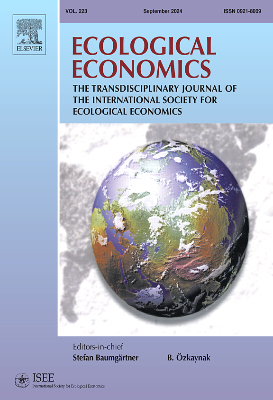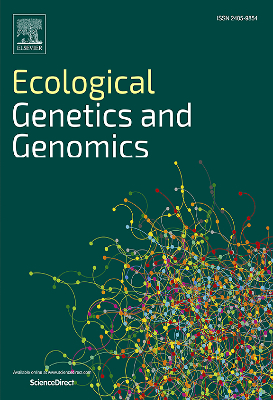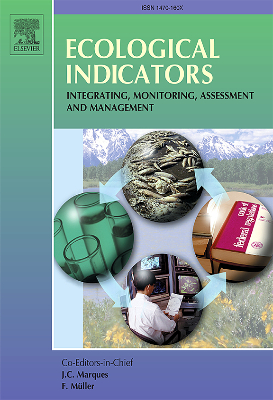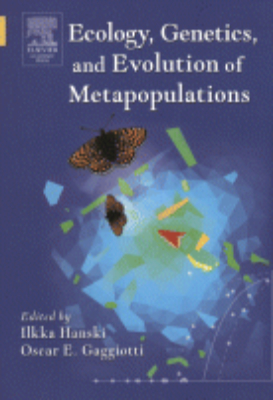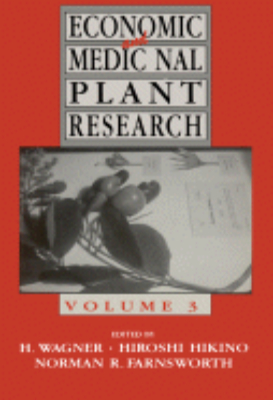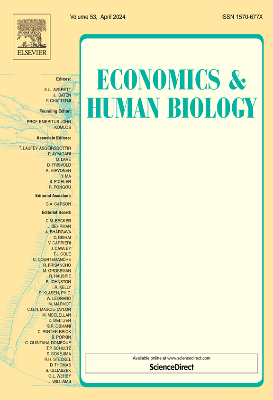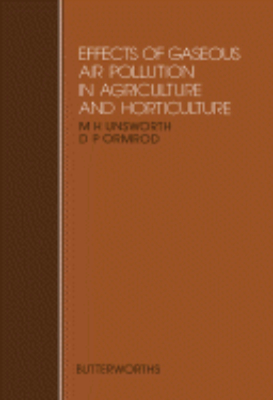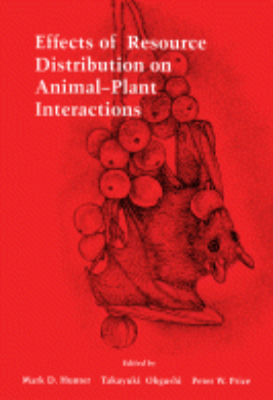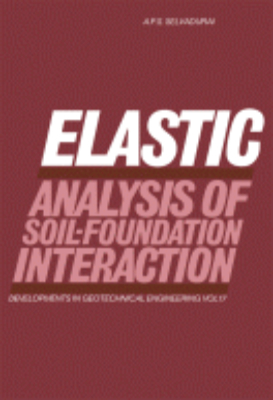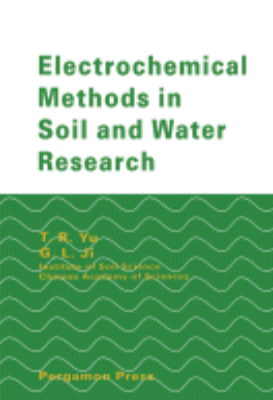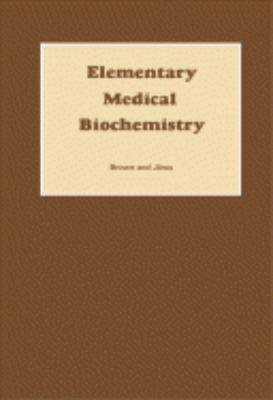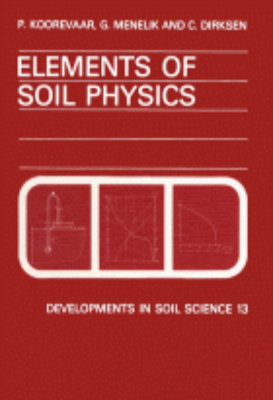E-Resources
Earth Reinforcement and Soil Structures
Earth Reinforcement and Soil Structures provides a coverage of the basic aspects of reinforced soil. The book is comprised of 12 chapters that cover the theoretical elements up to the practical applications. The first two chapters provide the introduction and historical review of the subject of reinforced soil. The third chapter presents a catalogue of some of the application areas for the use of earth reinforcement, while the fourth chapter covers the theoretical concepts. The next six chapters deal with the practical aspects of earth reinforcements, such as design, construction, costs, and durability. The remaining two chapters provide some worked examples and discuss the developments in earth reinforcement, respectively. The text will be of great use to undergraduate students of civil engineering and other related fields.
Ecology of Soil Seed Banks
Ecology of Soil Seed Banks examines the factors that influence seed bank dynamics and the variety of patterns found among different species. This book presents seed banks in a community context to explore the ecological implications of different patterns, and thus begin the development of a synthesis by comparing various communities. Organized into five parts, this book first examines the general processes that influence inputs or losses from the seed bank, including predation, dormancy/germination mechanisms, and their evolutionary importance. Then, this text examines seed banks in a community context. Only eight vegetation types are included, but the range in diversity of life form, length of growing season, and dominant environmental conditions allow comparisons of seed bank patterns. This book also explores the role of seed banks in vegetation management. This reference material will be a valuable reference material to population and community ecologists and managers. Evolutionary consequences of seed banks should be of interest to population and theoretical biologists.
Ecology, Genetics and Evolution of Metapopulations
Ecology, Genetics and Evolution of Metapopulations is acollection of specially commissioned articles that looks at fragmented habitats, bringing together recent theoretical advances and empirical studies applying the metapopulation approach. Several chapters closely integrate ecology with genetics and evolutionary biology, and others illustrate how metapopulation concepts and models can be applied to answer questions about conservation, epidemiology, and speciation. The extensive coverage of theory from highly regarded scientists and the many substantive applications in this one-of-a-kind work make it invaluable to graduate students and researchers in a wide range of disciplines.
Economic and Medicinal Plant Research
This series identifies areas of research in natural plant products that are of immediate or projected importance from a practical point of view. It reviews these areas in a concise and critical manner. Graduate students, researchers will find the timely reviews presented here to be invaluable. Decision makers in industry and government agencies will also find the material beneficial.
Economic Aspects: Fisheries and Culture
The Biology of Crustacea, Volume 10: Economic Aspects: Fisheries and Culture focuses on economic aspects of elements of crustacean biology associated primarily with the production of human food, namely, fisheries and culture. Organized into five chapters, this book deals first with the groups comprising the commercially important shrimps and prawns and their near relatives, as well as the generally used fishing method. It then describes the role and impact of body form in the biology and especially the fisheries of crabs. Subsequent chapter centers on lobsters and their kin, particularly the impact on fisheries methods and management approaches of behavioral responses to environment, modes of reproduction, recruitment, and population dynamics. Culture methods and factors important in managing systems through water quality control are then reported. Lastly, large-scale culture of major decapod groups, including the general biological characteristics of decapods relevant to aquaculture, is presented. This book will help stimulate the further exploration of some of the most fascinating and exciting problems in applied crustacean biology.
Education and Training in Food Science
This book reviews the need for increased training in the food industry in order to bridge the gap between Eastern and Western Europe and the USA. Higher education in food science is discussed, including the training of technicians, and European initiatives, including ERASMUS and Network, are also described. Full coverage of the importance of international trade and the consumer protection acts, including a look at the need of various groups, is provided and the book closes with a look towards the future.
Effects of Gaseous Air Pollution in Agriculture and Horticulture
Effects of Gaseous Air Pollution in Agriculture and Horticulture focuses on the impact of air pollution on agriculture and horticulture. This book discusses the existence of significant concentrations of gaseous pollutants in several agricultural regions of industrialized countries, which is facilitated by improved instrumentation and monitoring networks. Organized into six parts encompassing 49 chapters, this book begins with an overview of the two aspects of distribution of gas pollutants. This text then considers a technique for estimation of dose from measurements of gas concentration and stomatal conductance. Other chapters provide examples of monitoring of air-pollution effects on plants, with emphasis on both the concentrations and effects of air pollutants as they complement each other. This book discusses as well the formation and mechanism of action of nitrogen oxides. The final chapter deals with the peroxidation of membrane lipids. This book is a valuable resource for agriculturists, horticulturists, and scientists.
Effects of Poisonous Plants on Livestock
Effects of Poisonous Plants on Livestock documents the proceedings of a U.S.-Australian symposium on the effects of poisonous plants on domestic livestock. The symposium was held at Utah State University in Logan, Utah, on 19-24 June 1977. The volume is organized into eight parts. Part I discusses poisonous plant problems in the United States and Australia. Part II contains papers on general topics such as inorganic toxicants and poisonous plants; the hazard of plant toxicities to the human population; and selenium in plants as a cause of livestock poisoning. Part III examines the effects of simple phytotoxins such as selenium and oxalate on livestock. Part IV focuses on the effects of plant hepatotoxins, including pyrrolizidine alkaloids, Artemisia nova, and Tetradymia spp. Part V deals with plant cardio/pulmonary toxins such as Myoporum spp. and Pimelea spp. Part VI tales up plant neurotoxins while Part VII discusses plant teratogens and toxins affecting reproduction. Part VII presents studies on other toxic substances. It includes studies on oak poisoning and pine needle abortion in cattle.
Effects of Resource Distribution on Animal Plant Interactions
Aimed primarily at advanced graduate students and professional biologists, this book explores the degree to which animal*b1plant interactions are determined by plant and animal variability. Many of the patterns seen in natural communities appear to result from cascading effects up as well as down the trophic system. Variability among primary producers can influence animal and plant population quality and dynamics, community structure, and the evolution of animal*b1plant interations.
Electrocardiography of Laboratory Animals
"Electrocardiography of Laboratory Animals is the only book covering electrocardiography of laboratory animals, including dogs, mini-pigs, and cynomologus monkeys. As more countries institute requirements for the care of laboratory animals in research, this publication offers an effective standard on performing and analyzing ECGs. Topics covered include safety electrocardiography, toxicology, safety pharmacology, and telemetry. Electrocardiography of Laboratory Animals will assist biological and medical researchers, veterinarians, zoologists, and students in understanding electrocardiography of various species of animals used in research. Key Features. Covers safety electrocardiography of large laboratory animals. Offers comprehensive analysis of ECGs for practical laboratory use. Includes a self-evaluation section for testing of ECG reading and analysis"
Electrochemical Methods in Soil and Water Research
This book deals with the principles and practices of electrochemical methods as applied to soil and water research, particularly those that can be carried out in the field. Beginning with the basis of potentiometric methods, including electrode potential, principles of potentiometric methods, reference electrodes, liquid-junction potential and characteristics of ion-selective electrodes, the author then proceeds to describe the properties and applications of various types of potentiometric electrodes, including glass, solid-state membrane, liquid-state membrane, oxidation-reduction and gas sensors. A special chapter devoted to commonly encountered problems will aid readers not familiar with potentiometric methods. Voltammetric methods, conductometric methods and electrochemical instruments are also discussed.
Electron Microscopy of Plant Cells
Electron Microscopy of Plant Cells serves as manual or reference of major modern techniques used to prepare plant material for transmission and scanning electron microscopy. There have been other books that generally discuss electron microscope methodology. This book focuses on problem areas encountered through the presence of tough cell walls and large central vacuole. It details preparative techniques for botanical specimens. Each of the nine chapters of this book covers the basic principles, useful applications, and reliable procedures used on the method of electron microscopy. Other topics discussed in each chapter include the general preparation and straining of thin sections, quantitative morphological analysis, and enzyme cytochemistry. This book also explains the immunogold labelling, rapid-freezing methods, and ambient- and low-temperature scanning electron microscopy among others. This book will be invaluable to general scientists, biologists, botanists, and students specializing in plant anatomy.
Elementary Medical Biochemistry
Elementary Medical Biochemistry deals with the biochemical basis of the process of life, particularly, the principles of metabolic processes and the systems controlling these processes. The book reviews matter, energy, and the molecular transport processes in the body (known as diffusion, osmosis, filtration, active transport, circulation). The text also describes the medical uses of oxygen, and its functions together with hydrogen, carbon, and nitrogen. The book explains the importance of minerals in the body such as sodium, potassium, calcium, magnesium, iron, chlorine, phosphorus, sulfur, the trace elements (copper, manganese, cobalt), and other elements (nickel, cadmium, vanadium). Chemical reactions either form or break chemical bonds resulting in an uptake or release of energy. The book explains the various factors affecting the rate at which a chemical reaction occurs. These factors include temperature, concentration of reagents, or enzymes. The text also describes the metabolic fate of pyruvic acid, the glycolysis in muscle tissue, and the handling of end-products of metabolism by the body. The book is intended for students of nursing with diploma courses in general obstetrics and psychiatric nursing.
Elsevier’s Integrated Biochemistry
"Each title in the new Integrated series focuses on the core knowledge in a specific basic science discipline, while linking that information to related concepts from other disciplines. Case-based questions at the end of each chapter enable you to gauge your mastery of the material, and a color-coded format allows you to quickly find the specific guidance you need. Bonus STUDENT CONSULT access included with the text allows you to conveniently access the books content online clip content to your handheld device link to content in other STUDENT CONSULT titles and more! These concise and user-friendly references provide crucial guidance for the early years of medical training, as well as for exam preparation. Key Features. Includes case-based questions at the end of each chapter. Features a colour-coded format to facilitate quick reference and promote effective retention. Offers access to STUDENT CONSULT! At www.studentconsult.com, you'll find the complete text and illustrations of the book online, fully searchable ""Integration Links"" to bonus content in other STUDENT CONSULT titles content clipping for handheld devices an interactive community center with a wealth of additional resources and much more!"






